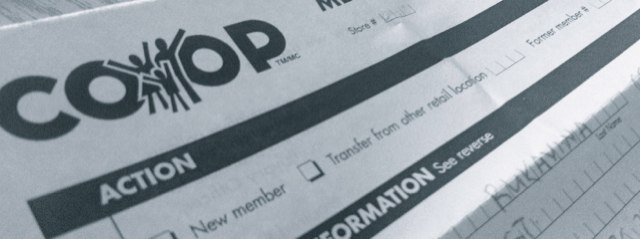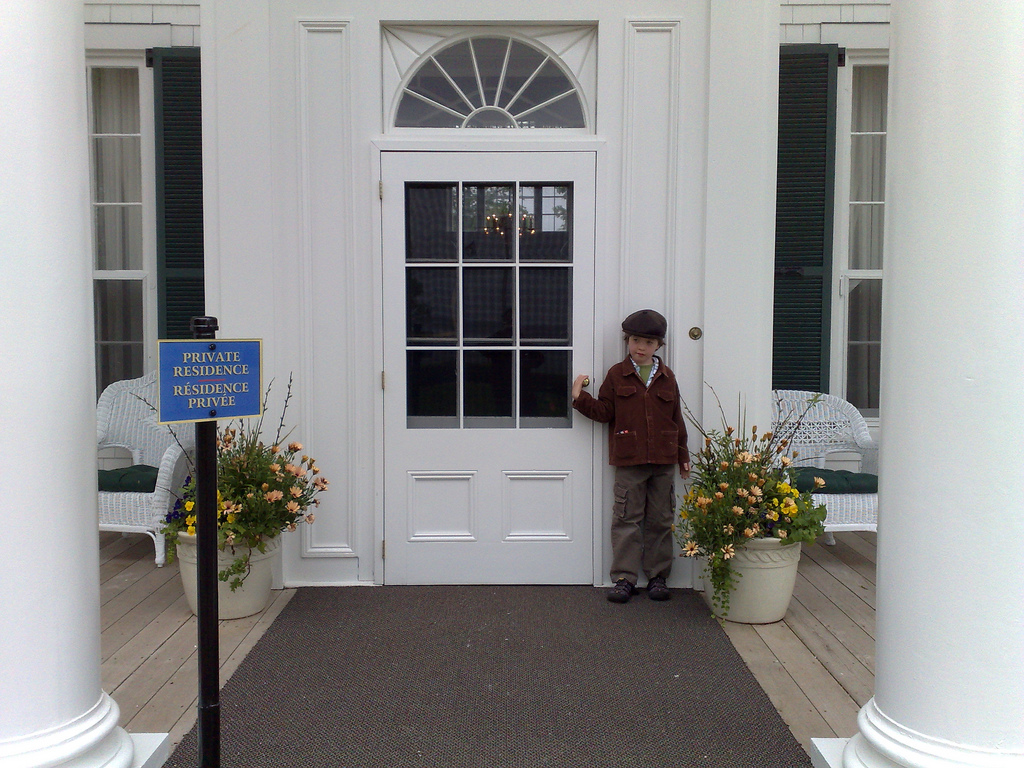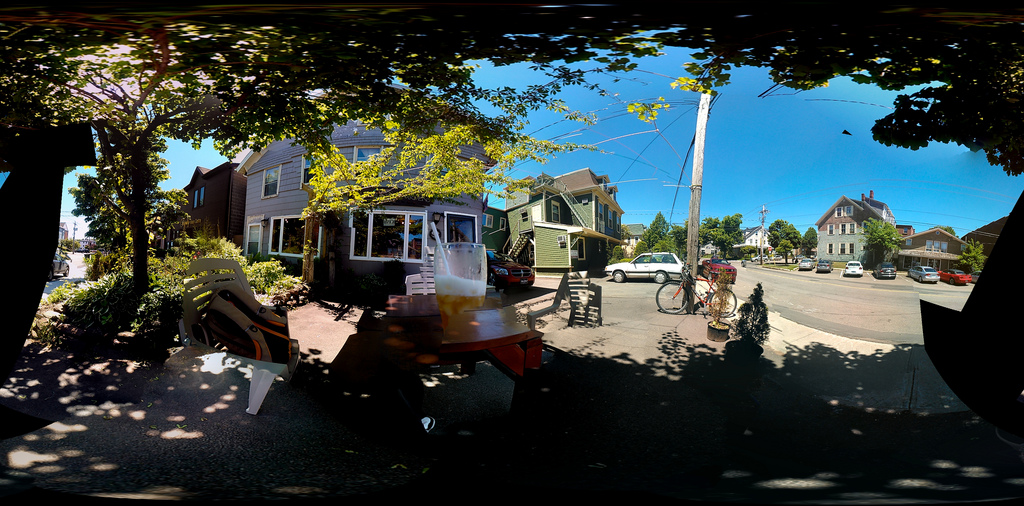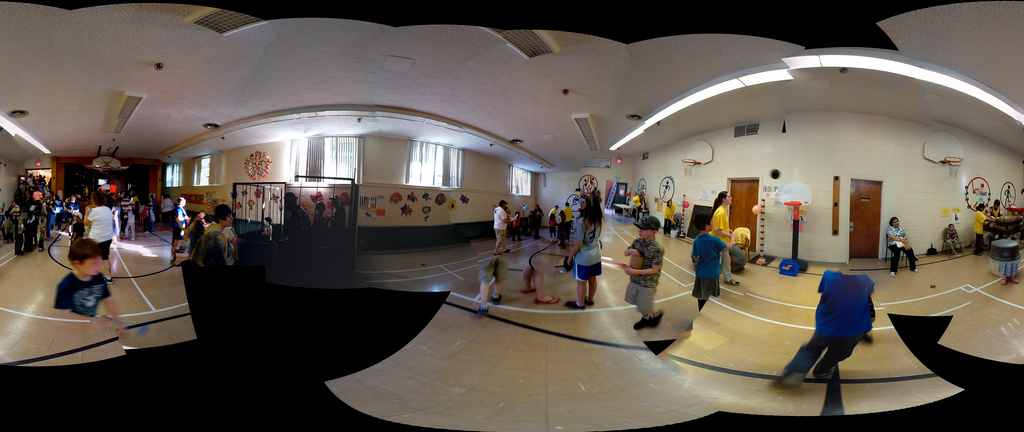While looking through my video archives, I came across this review of Yotel, the capsule hotel at Heathrow airport, that Oliver did when we stayed there back in 2009. I wrote a review myself the day after we stayed there, but I think Oliver’s tour tells a better story.
CBC reports today “Private liquor stores bad for health”:
Alcohol-related deaths from such things as liver disease and car accidents, increased substantially after private liquor stores were introduced in British Columbia says a report from that province.
The report from the Centre for Addictions Research of British Columbia raises concerns as P.E.I. moves forward with plans to open five new privately-operated stores in the province.
“The reality is, the evidence from all over the world, that availability — physical ease of access and price — are the things that most determine how much drinking goes on and then how much harm flows from that across the population,” said report co-author Tim Stockwell.
From The Morning Guardian, April 6, 1900, commentary from C.N. Howard of Rochester, NY:
In the name of Jesus Christ the King the Liquor Traffic Ought to Die.
It is a crime against the state; the state ought to supress it.
It is a crime against humanity; humanity ought to rise up against it.
It has opened dens of anarchy, schooled our young manhood to a life of sensual indulgence, personal impurity and profanity; sickened the public conscience with its daily horrible detail of debauchery, deviltry and crime, blocked the wheels of every righteous reform, payalyzed industry; crucified labor, defeated the church; outraged the heathen; blasphemed the Almighty and crucifies afresh the Son of God every hour of its life.
It ought to die. Every man that loves his home, his country and God ought to be arrayed against it.
You would think that after 112 years we could have figured all of this out.
Once of the first things I did when I landed here in Charlottetown 19 years ago was to join Central Farmer’s Coop, which operated the cooperative grocery store on Queen Street. It was as much a political act as a practical one: I’d never had the opportunity to join a coop before, and I seized the opportunity when it presented itself. I was member number 8254.
I had an up and down relationship with the coop after that: I went to every Annual General meeting and was dismayed by fellow members referring to the coop in the third person (“when are you guys going to get better peas?” instead of “how can we get better peas?”). Dismayed enough that, after a rousing speech by Vance Bridges I stood up and commited to shopping only at the Coop for the next year (an announcement I made without consulting Catherine, primary buyer-of-groceries in our family; that didn’t go over well).
After the consolidation in the coop movement in Atlantic Canada, a perhaps-necesary merger that saw local control lessen and Coop Atlantic control increase, I became disilluisioned, especially after I was invited to join the local coop council for the Queen Street store only to find, at the first meeting, that it was a council with no power or practical influence.
My inclinaction to shop at the Coop only lessened after the closure of the downtown store and the conversion of the Upper Queen St. to a “Coop Basics” format, which turned it into little more than a cheap food warehouse.
But if my wallet hasn’t been with the Coop, my heart’s been there, on the outskirts, waiting to return to the fold. I’ve been buying gasoline almost exclusively at the Coop Gas Bar on Walker Drive for the last year. And of course we’ve always taken Coop Taxi and bought our home heating oil from Coop Energy.
And so finally, inevitably, it was time for me to return to the grocery fold.
Thankfully, in recent years both the Queen Street and Walker Drive grocery stores have undergone substantial renovations, and while they might not be drenched in imported Belgian arugula oil like the Sobeys and Superstore mega-outlets, they’ve both got a good selection of products, and are pleasantly compact to shop in (it’s only 30 seconds from cabbage aisle to milk aisle and not wading through yards and yards of coffee makers and childrens clothing to get there!).
And so last Saturday after getting gasoline Oliver and I went inside to the Walker Drive Coop, did our grocery shopping, and then signed up to become members again.

Rachel Morrison was our cashier, and she was friendly, welcoming and helpful; a credit to the store. It was so much more pleasant experience, on every level, to join and shop there than it has ever been to shop at the large box stores that I doubt I’ll ever do anything but.
As loathe as I am to be pimping for a car company in this space, in this case the deal for Prince Street School is simply too good to pass up: next Tuesday, June 19 from 10:00 a.m. to 7:00 p.m. at Prince Street you can drop by and test drive a new Ford Fiesta, Focus or Fusion.
It just takes 20 minutes, there’s no sales person involved (a volunteer will ride along in the back seat with you), and the school gets $20 toward its playground campaign from Ford. You’ll be able to get a hot dog while you’re there too, just in case the test drive makes you hungry.
The only qualifications for the test drive are that you are 18 years of age or older, and that you have a valid driver’s license. You can book a spot online or, if you want to leave it to chance, just show up at the school parking lot that day.
This is a free and relatively painless way for you to support Prince Street School, so I’d encourage everyone in the readership to pop over on Tuesday (especially those — and I’m pointing at you, Steven Garrity — who live nearby and can stop in on their way home).

We can raise up to $6,000 on Tuesday if we can corral 300 people to take a test drive: that’s enough to buy a brand new set of swings for the playground, something the school hasn’t had for a long time. Just think how proud you’ll feel when you walk by the school and think “wow, my 15 minute test drive helped buy those swings: look at what joy they are bringing to the young children of the neighbourhood!”)
* Actual Ford car and happy children playing on swings may not be exactly as shown.
Four years ago today it was the “Father and Son Picnic” at Government House, hosted by then-Lieutenant Governor Hon. Barbara Hagerman. Oliver dressed for the part:

For a few hours this morning this space hosted a post where I held APM’s feet to the fire for stating that it was going to “preserve” the Kays Building under the guise of effectively demolishing it.
Apparently while that was the plan as recently as two weeks ago, the plans have changed, and I’m now told that the application that will go to Heritage Board for review tomorrow afternoon is of an actual preservation of the building, inside and out.
If this plays out as it’s been described to me, this is tremendous news.
We must remain vigilant, of course, as the old propose one thing and do another has been pulled by developers in this neighbourhood before.
But I have confidence — or at least hope — that the City of Charlottetown will exact sufficient assurances and guarantees from APM that we’ll end up with a valuable heritage resource maintained.
Kudos to Councillor Rob Lantz for alerting me to the error of my indignation, to the City of Charlottetown and CADC to guiding APM to this course and, as much as it pains me to say so, to APM for acting out of character and doing the right thing.
Microsoft has released a version of Photosynth, it’s panorama-taking mobile app, for Windows Phone, and so I’ve been experimenting with it as an alternative to Nokia’s Creative Studio on my Nokia Lumia 800.
Creative Studio is limited to stitching together four adjacent photos, so it cannot do a full 360 degree panorama, but it’s also a lot simpler to use. Photosynth, perhaps because my Lumia doesn’t have a gyroscope (I’m just guessing), gets confused sometimes with where the camera is pointing and insists that I “back up” to the last photo I took, which is often hard to do. So while it’s possible to get a more interesting pano out of Photosynth, it’s more tricky to do so.
While you can see the result of my first experiment inside a Photosynth browser, the app also drops the stitched photo into the filesystem for export, and I kinda like the way it looks flat too:

I like the way photos like this look both normal and unusual: there’s no way the eye could take all of that scene in unaided, but somehow it doesn’t seem all that fantastical.
Our Spring Fling at Prince Street School on Friday night was a grand success, especially if measured in fun-per-square-meter. Laura K. Bird ably stepped into the void left by Kelly Allen’s kids’ graduation to Birchwood last year and proved an excellent organizer. Hotdogs were eaten, faces were painted, suckers were pulled, cakes were won and everyone enjoyed the magic show.

The final tally isn’t in yet, but early counting suggests we raised over $2,000, which will go to various home and school-supported projects at Prince Street. Thanks to all who volunteered, and all who attended.

 I am
I am